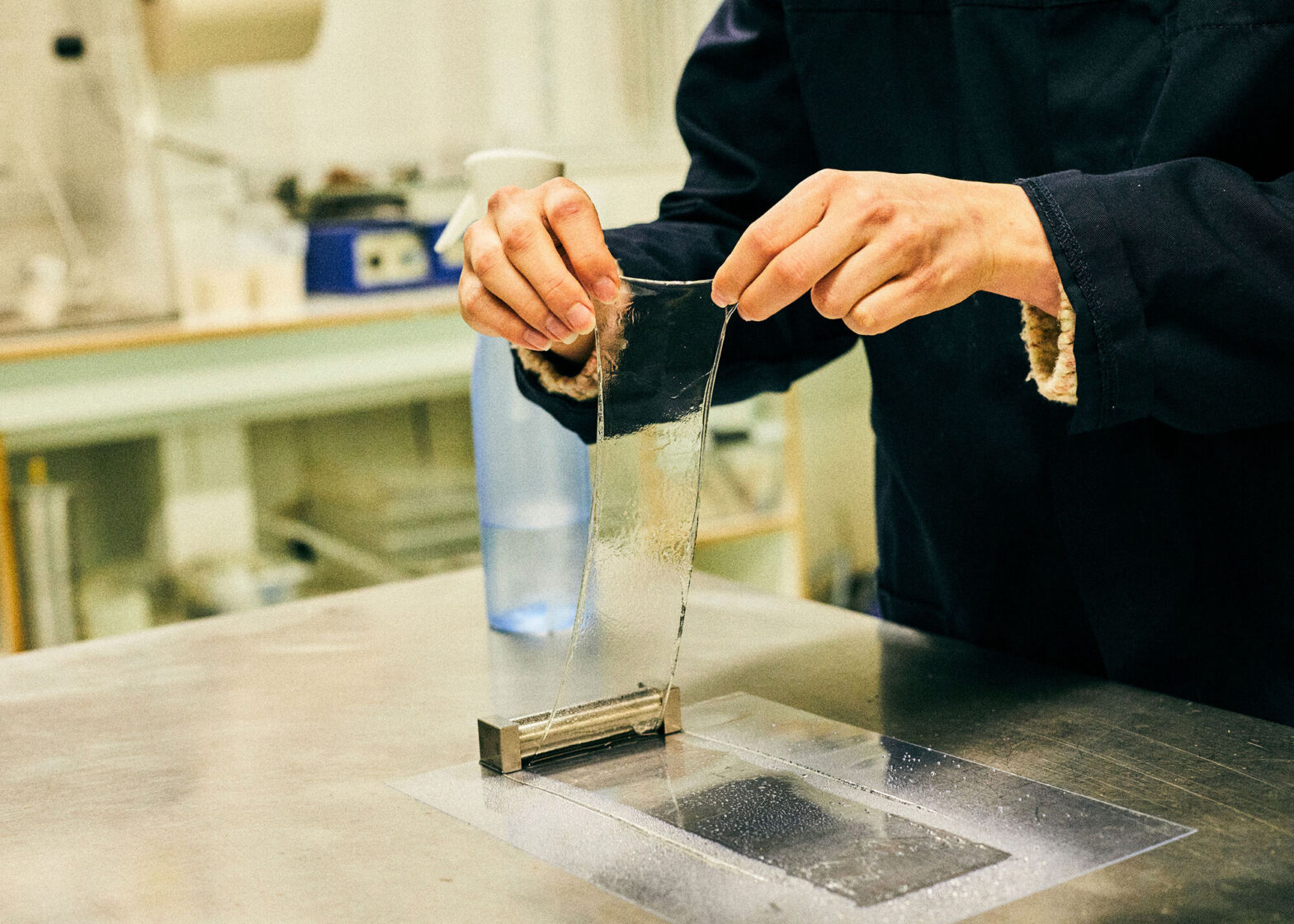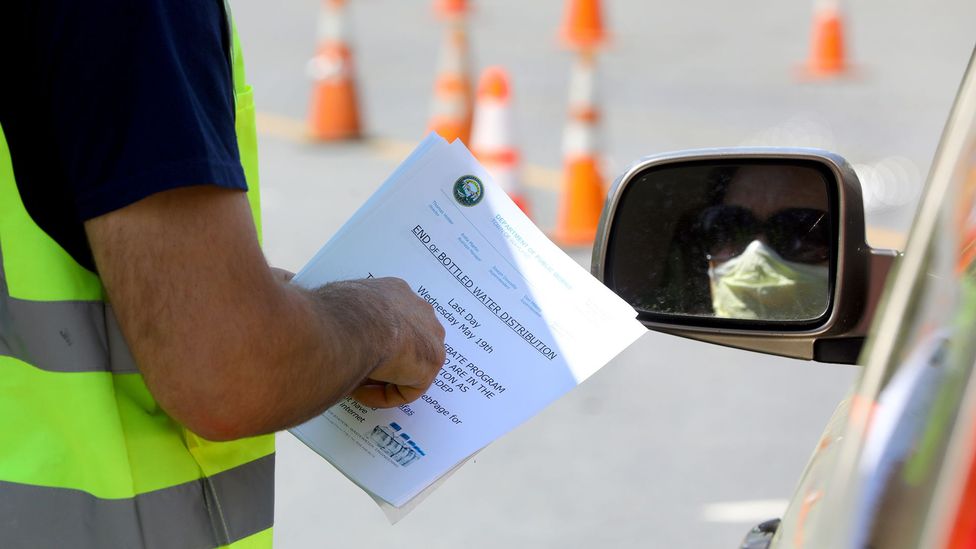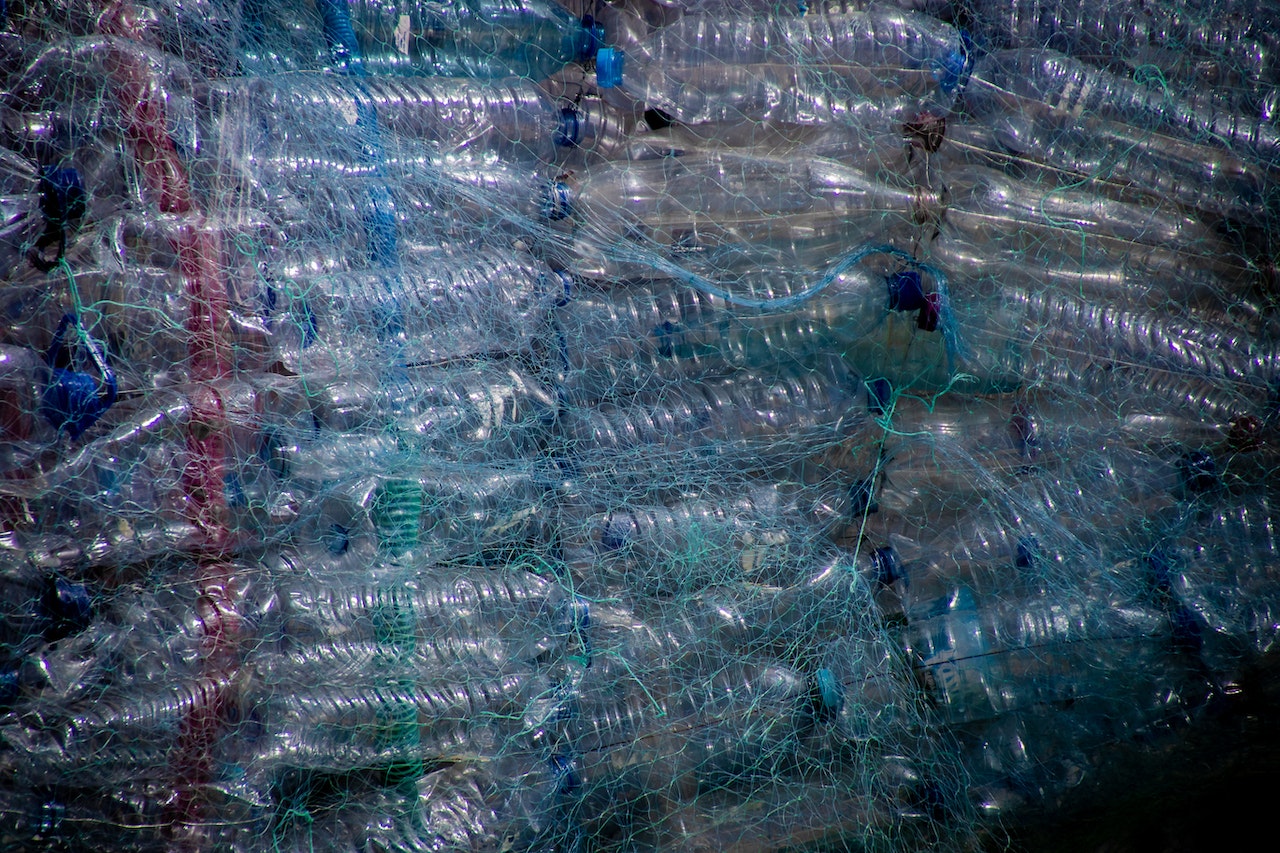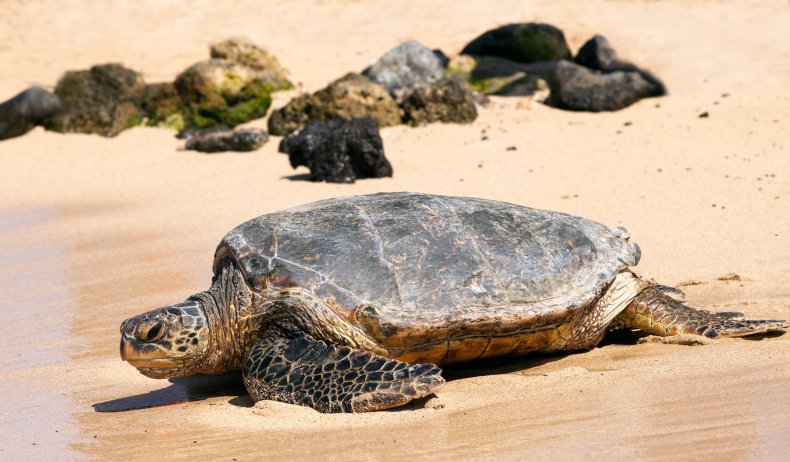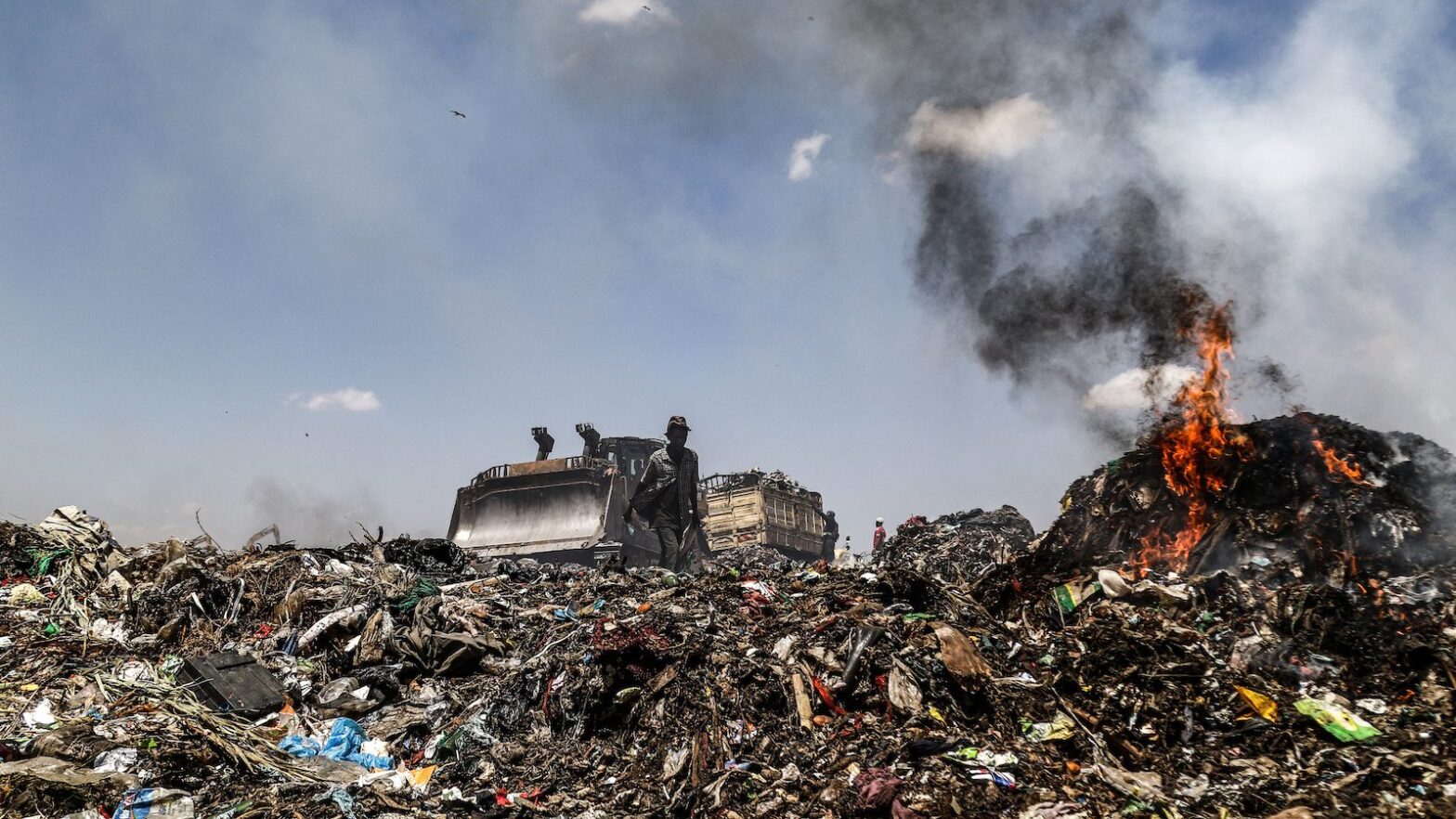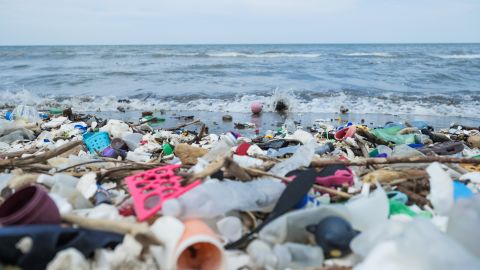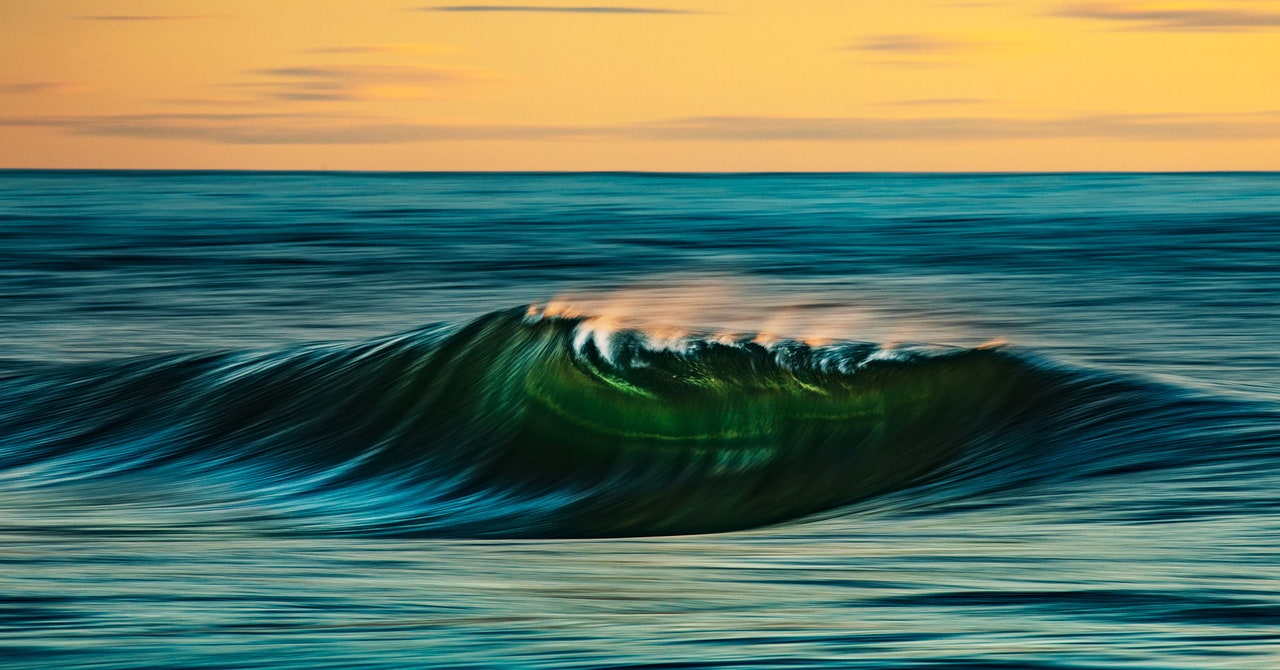Every morning, the Energy News Network compiles the top stories about the clean energy transition and delivers them to your inbox for free. Sign up today!
It looked like a potential boon for New Hampshire’s North Country: a start-up company, Prima America Corp., that aimed to convert plastics into diesel fuel.
In 2020, U.S. Rep. Annie Kuster, D-N.H., talked up the Groveton plant’s potential on a tour of the facility with a television news team. A company representative said the plan was to bring in enough plastic from throughout the region to produce thousands of gallons of sulfur-free diesel fuel a week.
But three years later, Prima America is still in what Richard Perry, a company manager, calls “the test phase.” While they can make fuel, he said, “we’re still trying to refine it for diesel engines and to make it a lot cheaper. It’s so expensive right now it wouldn’t be economical.”
At the same time, the company has a history of non-compliance with state environmental regulatory rules. For example, an inspection of above-ground petroleum storage tanks at the facility found numerous deficiencies, and in at least one year, the company failed to file the required emissions report on time, according to state Department of Environmental Services records.
Skeptics of the chemical conversion of plastic waste point to Prima America’s rocky start as an example of why New Hampshire ought to be more cautious about welcoming so-called “advanced recycling” facilities into the state. The relatively new practice generates hazardous waste and air pollutants, and remains unproven at scale, critics say.
Last year, at the behest of the American Chemistry Council, an industry trade association, New Hampshire became the only state in New England to classify so-called “advanced recycling” facilities for plastics as manufacturing operations, rather than as more tightly regulated solid waste management operations. Connecticut and Rhode Island rejected similar proposals.
Sign up for Energy News Weekly
Get the most important energy news of the week delivered directly to your inbox.
The American Chemistry Council maintains that advanced recycling is a form of manufacturing, one that is “a game-changer.”
“By taking hard-to-recycle used plastics and remaking them into virgin-quality new plastics, advanced recycling decreases the need to make plastics from virgin feedstocks while reducing waste sent to landfills and incinerators,” said Joshua Baca, the council’s vice president of plastics, in an emailed statement.
Environmental advocates want more regulation. This year, a bill that drew support from nearly 200 individuals calls for the state Department of Environmental Services to write rules for the permitting of advanced recycling facilities. The department would also be required to consider the cumulative impacts of such a facility on public health and the environment in combination with pollution from other sources.
“The Conservation Law Foundation’s concern is that with the exemption established last session, New Hampshire is essentially rolling out the welcome mat for these technologies,” said Tom Irwin, vice president and director of the foundation’s New Hampshire office. “We want to ensure that New Hampshire has all the rules it needs to protect the public health if, in fact, a facility is proposed.”
But last week the Senate Energy and Natural Resources Committee amended the bill to instead ask the department to hire someone to explore the subject of cumulative impact analyses and whether they ought to be included in all of their permitting practices.
“It’s small-bore — it’s not sufficient, but it’s a good start,” said Roger W. Stephenson, Northeast regional advocacy director for the Union of Concerned Scientists.
Critics say advanced recycling boosters overlook toxic byproducts
Advanced recycling is an umbrella term that refers to a range of technologies that employ chemicals to convert plastic waste back into its molecular building blocks. Pyrolysis and gasification use high temperatures and low-oxygen conditions to produce an oil or gas that can be refined into fuels. Solvents and chemicals are also used to dissolve plastic waste and process them into new plastics.
There are currently seven plastic-to-plastic advanced recycling facilities operating in the U.S., according to Baca. Others are in the works: ExxonMobil has announced plans to build up to 500,000 metric tons of advanced recycling capacity in the U.S. and abroad by the end of 2026.
The American Chemistry Council touts the technology as a sustainable solution to dealing with the 90% of plastic waste that is not mechanically recycled but is instead incinerated, landfilled or dumped in the environment.
But there’s a problem, said Cynthia Walter, a retired biologist in Dover who used to teach toxicology and has studied advanced recycling.
“The methods have not been carefully reviewed for the toxicity of the inputs, of the emissions, or of the final products that get sold,” Walter said.
For example, she said, dioxin, a highly toxic carcinogen, is a well-known product of heating plastic waste material.
“I think toxic substances could be in the fuels that these folks are looking to sell, and dioxins could be unknowingly released in the burning of those fuels,” she said.
A recent study by the Natural Resources Defense Council concluded that most of the existing advanced recycling facilities are not actually recycling plastic but are turning plastic into fuel that is then burned, and generating air pollutants and large quantities of hazardous waste in the process.
The Environmental Protection Agency has opened a docket to study whether it ought to develop regulations specific to pyrolysis and gasification units.
In the meantime, 21 states, including Virginia, have adopted laws to classify advanced recycling facilities as manufacturing operations. Classifying them that way “helps ensure the most appropriate regulations” for human health and environmental protection are applied, and helps provide the regulatory certainty the industry needs to confidently invest in the technology, Baca said.
But the industry has struggled to successfully deploy the technology at a commercial scale. Last year, for example, Brightmark Energy canceled plans to build a $680 million chemical recycling facility in Macon, Georgia. The deal collapsed after Brightmark failed to demonstrate to Macon authorities that it was shipping products from its Indiana facility to any downstream customers.
Rhode Island legislation would prohibit new plastics recycling facilities
Rhode Island is considering banning the facilities altogether. Legislation proposed by state Rep. Michelle McGaw, a Democrat representing Little Compton, Tiverton and Portsmouth, would prohibit any type of new high-heat processing facility in the state.
“Pyrolysis requires a lot of fuel to keep temperatures high, and it doesn’t make toxic, polluting chemicals disappear,” McGaw said in a press release. “It’s not the panacea that the plastic industry wants us to think it is, and I doubt there are many Rhode Islanders who would welcome this type of facility in their town.”
New Hampshire’s law classifying the facilities as manufacturers is a little more stringent than most. It prohibits any new advanced recycling facility from making fuels to be offered for sale. Prima America doesn’t qualify as advanced recycling under that definition.
The amendment was added after representatives from the paper industry, which has made “enormous strides in the percent of post-consumer product they recycle,” argued that turning plastics into fuel for resale isn’t really recycling, said Rep. Peter Bixby, D-Dover, who sits on the House Environment and Agriculture Committee.
“That aspect puts us in a stronger position than do the laws in some other states,” Bixby said.
When this year’s legislation, as amended by the Senate, comes before his committee, Bixby said he hopes to increase its scope beyond the subject of cumulative impacts to ask the department to also look at the types of contaminants that are released from advanced recycling plants — as opposed to the industry itself — and assess whether the state’s current regulations “are up to the task.”
Irwin, of the Conservation Law Foundation, said they are concerned that the promotion of advanced recycling by fossil fuel companies like ExxonMobil is another way to mislead the public into believing that most plastics are being recycled. He noted that the California attorney general is conducting an investigation into what the office says is a longstanding “campaign of deception” by the plastics industry to convince the public that “we could recycle our way out of the plastic waste problem.”
Still, Bixby said, given the scope of the plastics waste problem, he is hopeful that backers of advanced recycling will be able to demonstrate that it can be safe and effective.
“It’s complicated,” he said. “The American Chemical Council will tell you advanced recycling is going to save the world, and the Conservation Law Foundation is going to tell you it’s the devil incarnate. I think the truth is somewhere in between.”

